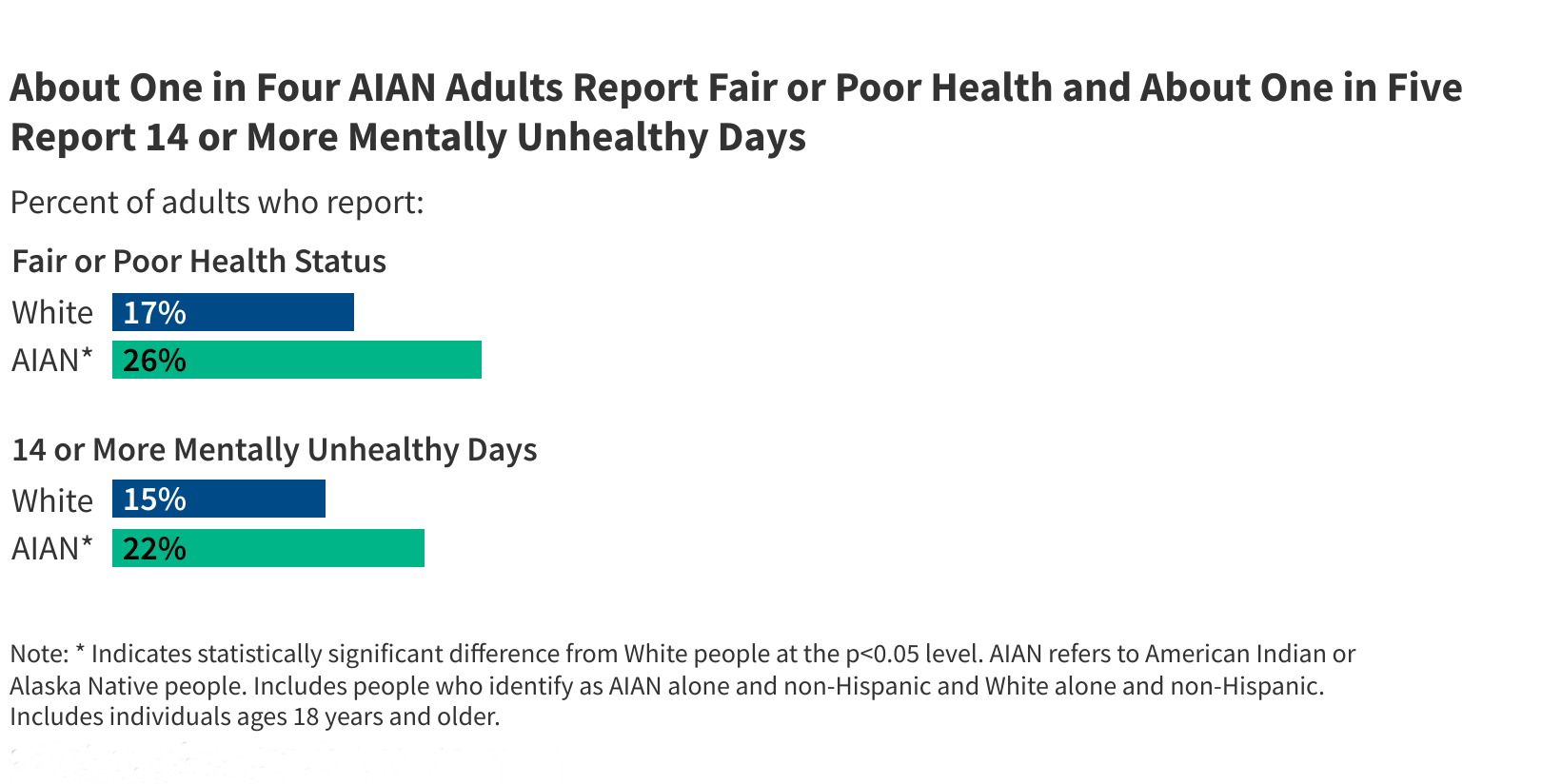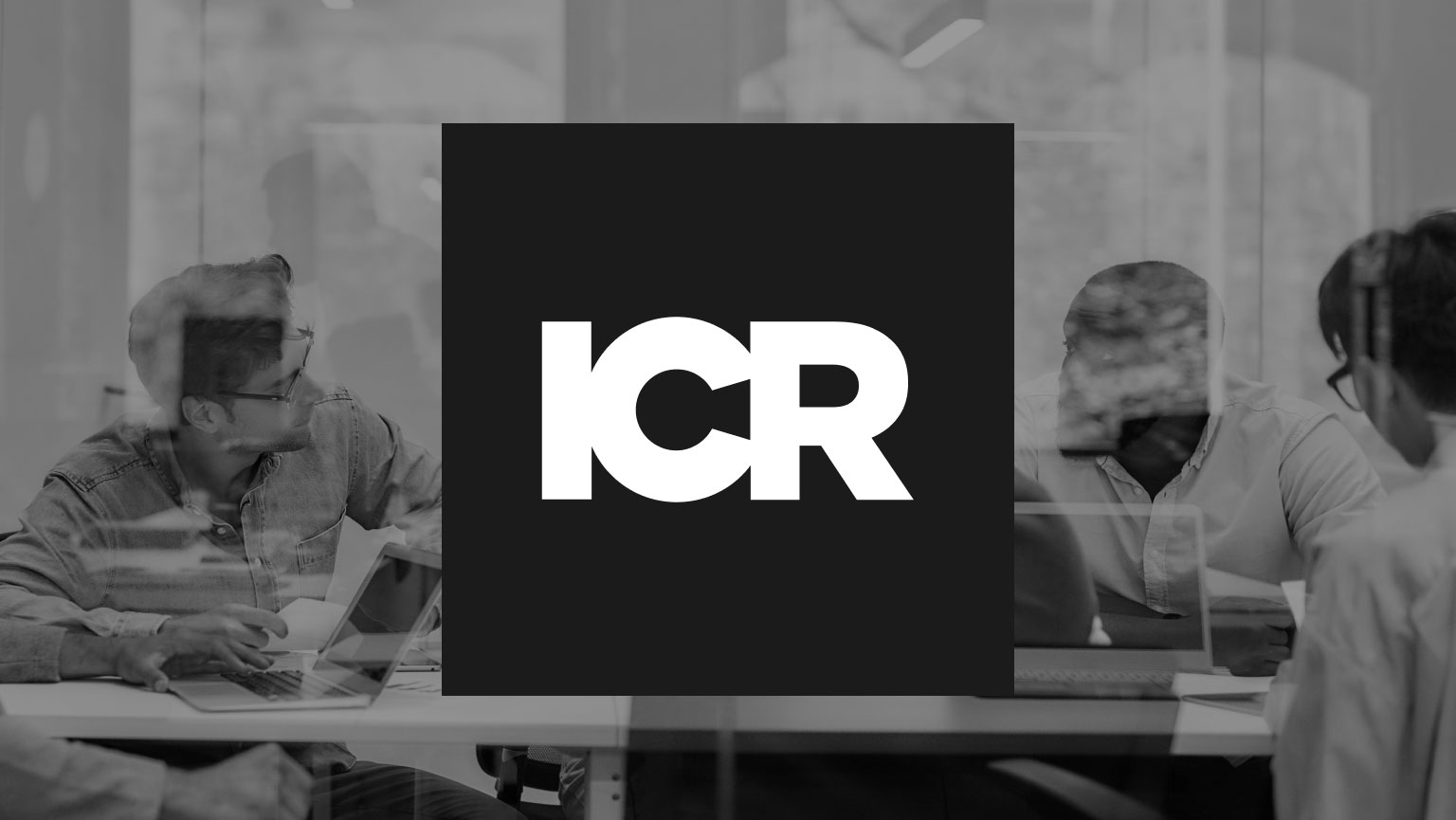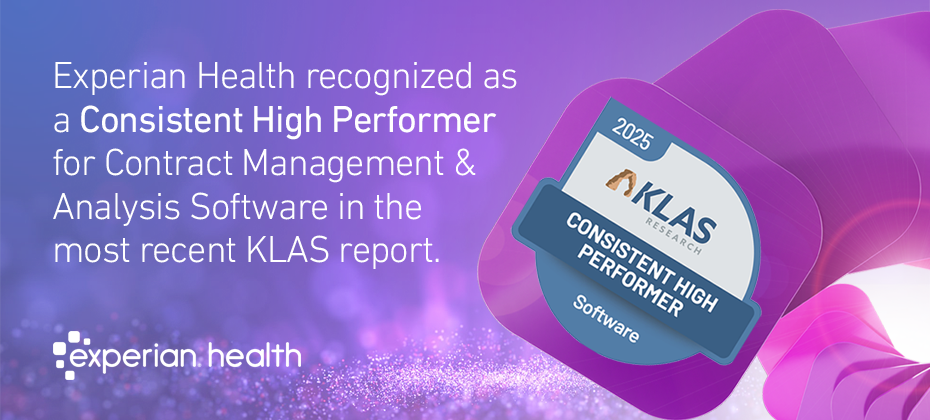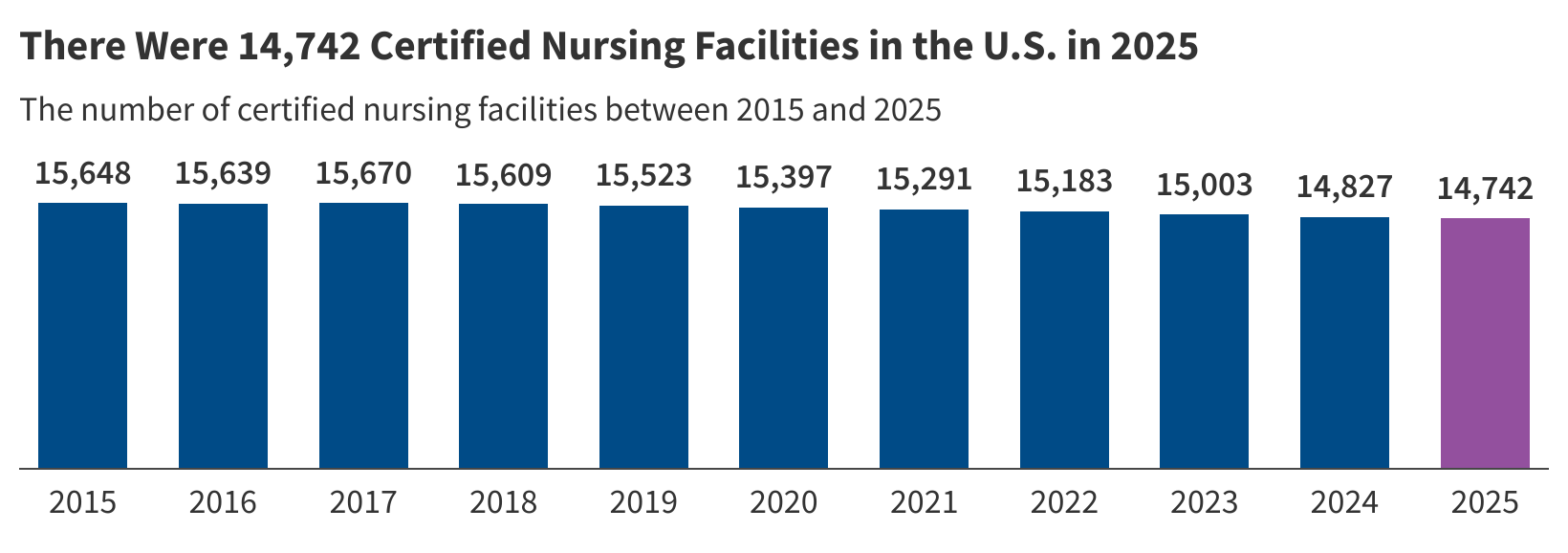For almost three decades, I built an income-producing portfolio of dividend stocks and ETFs to support my targeted early retirement.
The idea was that it would fund my lifestyle approaching retirement age, before I could fully tap my IRAs and 401(k)s.
Since I’m no longer pursuing an early retirement, the dividend stock portfolio has become a sort of workhorse in my financial life.
It earns and grows, supplementing my lifestyle in a way that’s different from what I planned.
As a self-employed worker, it serves as an income source, it serves as an income source, living off the dividends and capital gains in months when spending exceeds earned income.
It also serves as a savings repository that I can tap for significant expenses, like a trip to the UK with my family.
Most unexpectedly, it’s turned into fuel for my Roth IRA and 529 savings accounts. Instead of reinvesting dividends back into the taxable account, I’m using them for Roth contributions, reducing my long-term tax burden.
Regardless of how I use the money, I still need to manage the portfolio.
And that means monitoring 53 individual stocks.
Over the Years
For the rare few of you who have been reading my blog since 2013-2014, you’ll remember this was primarily a dividend stock investing website.
Early on, I publicly chronicled the construction and progress of this dividend portfolio.
That was the story, as told by an anonymous blogger.
But he dividend portfolio construction was a fraction of my overall financial behavior. Behind the scenes, I primarily contributed to employer-sponsored plans and IRAs and invested in mutual funds.
Whatever was left over was included in the dividend portfolio.
But each stock selection was a heavy lift, screening candidates, narrowing the pool of choices, and buying whatever fit my investment thesis.
Stock research is time-consuming.
Since becoming a Dad to active kids, an online business owner, and an all-around curious person interested in new things, I lost the motivation to research dividend stocks for my personal portfolio.
I now prefer the ease of low-cost ETFs and mutual funds for a the large majority of my wealth, and expect to continue that preference into retirement.
My retirement accounts already reflect this preference.
But the taxable accounts — those that I built publicly as an anonymous blogger — continue to hold mostly individual stocks, as I cannot simply sell them all without incurring tax consequences.
The stocks pay dividends, and I still love my dividends.
But ETFs pay them too. Better yet, ETFs don’t require individual stock research.
With 53 individual stocks in my portfolio, I can’t possibly research each one thoroughly each month.
However, I chose mostly stable blue-chip companies that don’t stir much drama. But they still need some attention. So I’ve put some processes in place to monitor what’s happening.
Automated news alerts (primarily to monitor quarterly earnings reports) and portfolio aggregator tools like Stock Rover (see below) give me enough data (with a light enough lift) to provide a comfortable level of holdings performance and risk awareness.
The “light lift” research drives how I manage the portfolio, which I’m ultimately simplifying over the next decade to prepare for the next phase of my life.
Simplifying my Portfolio for Retirement
In early 2024, I spoke to TD Bank about how I’m simplifying my portfolio for retirement.
At a high level, that means fewer holdings (stocks and funds) and fewer accounts.
In retirement accounts, that’s easy — sell what you don’t want to own, buy what you do.
Taxable accounts are more complex to manage due to tax implications on capital gains.
So, for each sale in my taxable stock portfolio to reduce holdings, I must account for the consequence.
I sell underperforming stocks to reduce capital gain exposure. And when I sell a portion of a winner, I sell the highest cost basis shares, and offset the gains with losses when possible.
My goal is to reduce the number of stock holdings from 53 to approximately 20-25 over the next 10 years, without completely depleting the portfolio.
Withdrawing cash reduces its size and its ability to generate dividend income. I’d like to maintain this financial buffer in retirement.
Erosion Risk
The total value of this portfolio (mostly in Fidelity, but also M1 Finance) has hovered around $500k to $600k for the past couple of years.
To continue as a workhorse, the portfolio must continue to grow to offset the removals.
In a bull market, no problem.
But when the market turns, it could have a traumatizing effect. When that happens, I’ll likely reduce the withdrawals to avoid selling at lower values and draw from other sources.
Ideally, this portfolio will grow beyond that while I still use it as a work horse feeding my lifestyle and Roth contributions.
But I recognize that it may suffer from erosion, slowly falling in value until it enters a value spiral. This would be accelerated by a substantial market decline or income reduction.
To avoid this demise, I’m building my business income to consistently be able to recontribute to these accounts or contribute directly to the Roth, leaving the balance to grow and continue generating income.
Ultimately, a good portion of this money will find a home in a Roth IRA — not a bad place to go. Other withdrawals will pay for college tuition and vacations — also good uses.
These are the fruits of frugality and investment discipline over the decades leading up to my career change.
Ultimately, this portfolio represents both my past investment journey and my future plans, serving as a bridge between disciplined wealth building and the flexibility required for the next stage of life.
Tool for Managing a Dividend Portfolio
With multiple accounts, I like having a tool that aggregates all of my holdings into a single view. For years, I used Yahoo Finance and spreadsheets.
But now I’m using Stock Rover, a comprehensive DIY investing research platform.
Here’s a video of three tool features that I use. You can also see some of the 53 stocks in this portfolio.
Featured image via DepositPhotos used under license.
Favorite tools and investment services (Sponsored):
Travel Rewards Card — My go-to credit card for spending and travel rewards.
Empower — Free net worth and portfolio tracking + retirement planning. User since 2015.
Boldin — Spreadsheets are insufficient. Build financial confidence. (review)
Sure Dividend — Research dividend stocks with free downloads (review):
Publisher: Source link










